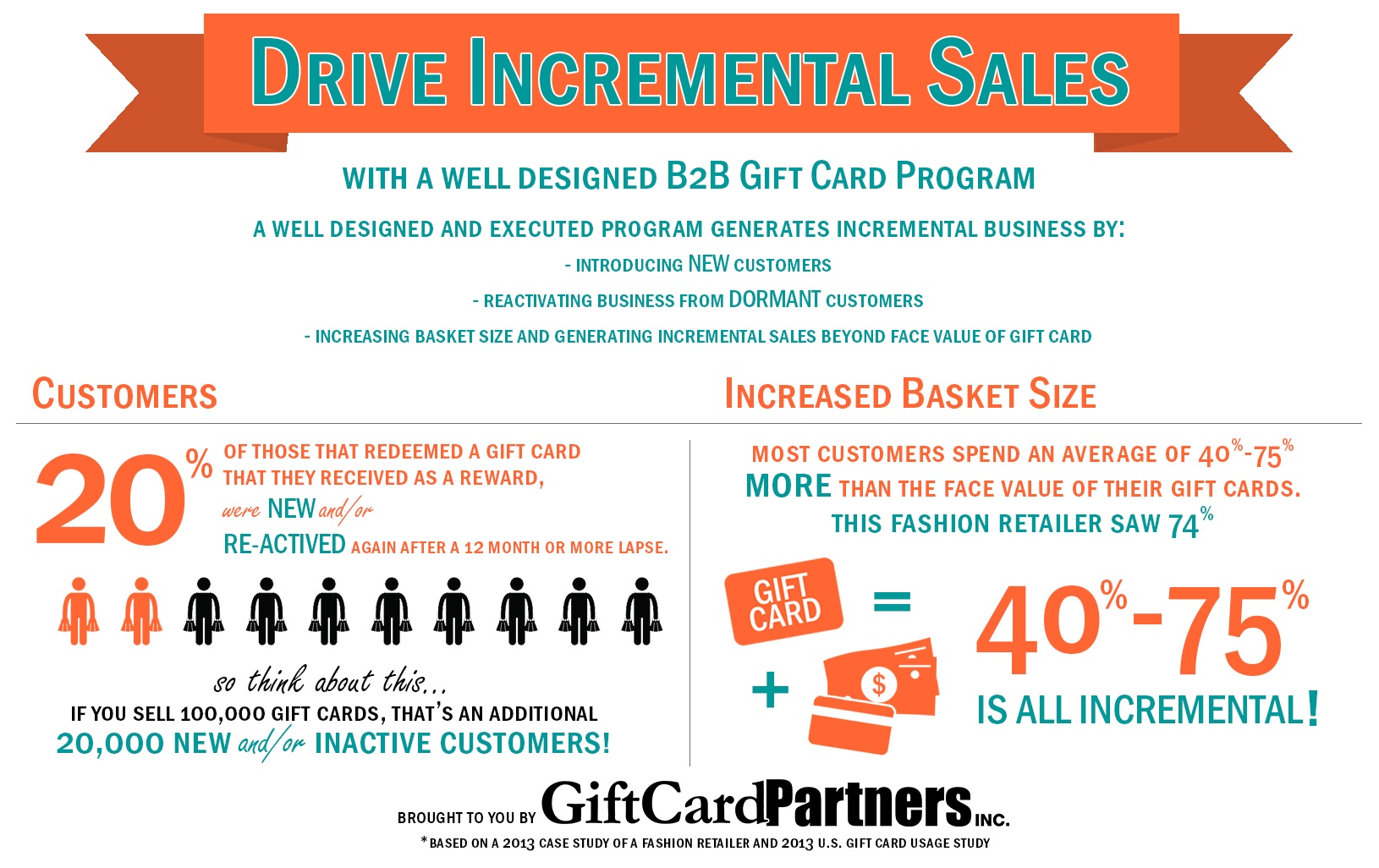Engraved glass products can communicate a sense of class, sophistication and brand name identity. Font selection plays a key role in establishing the tone of an engraving, especially when creating corporate gifts or milestone celebrations.
Modern sans-serif typefaces offer a balanced aesthetic for inscriptions that share development or forward-thinking brand identifications. Attempt pairing them with classic serifs to bring a much more creative panache to your designs.
1. Flared or Flowing Details
Etching on glass supplies a variety of design choices. For rounded things, such as containers or jars, using a rotary accessory permits regular and even engraving across the surface area. Inscribing from the within the glass enables a more subtle, ornamental appearance or perhaps a full-color paint fill.
Spirited fonts evoke energy and charisma, making them optimal for brand names that intend to attract attention and resonate with audiences. The overlapping, interlocking and weaving of letterforms create a sense of motion or deepness in typography that records the target market's interest and intrigue.
Readability is a vital variable to take into consideration when picking a font for glass engraving. Choosing the best size, weight and spacing allows for simple reading at any type of angle or distance. Font style likewise contributes, with manuscript and ornamental typefaces supplying an official or classy appearance, while transcribed typefaces supply an extra individual touch. Variable typefaces make it possible for developers to include a selection of designs and weights in a file, which aids keep uniformity and makes certain that the message or graphics are still understandable.
2. Deformed or Altered Kind
Embedding distorted text within a design is an effective way to add character and make the design stand apart. This style has become particularly preferred for logo designs and short taglines, as it gives off a feeling of individuality while additionally showing up contemporary and special.
Glass distortion is a typical problem that can occur during production, processing or installation of curved glass panels. It can be caused by the flat panel being rolled into a bent form, flexing the glass while heating it or during installation.
One way to lower the event of glass distortion is by utilizing a top notch rounded laser etching machine with a rotary add-on. This approach permits you to map the surface area of the rounded panel with a marker and then gauge the distortion. After that, you can utilize this info to establish appropriate resistances for the bent panel. This procedure is time consuming, nevertheless, and would be more efficient if maybe automated.
3. Kicked back Typography
As homes and offices shift in the direction of minimal aesthetic appeals, etched glass provides an elegant choice for including structure to a space. Its refined appeal is ideal for a modern-day interior decoration and matches the latest glass production fads.
Utilizing CNC laser technology, detailed patterns can be etched into glass surface areas, with styles ranging from geometric to organic. This liberty enables designers to develop distinct, artistic job and satisfy a vast array of applications.
Unlike best-selling engraved glass gifts various other decorative materials, personalized glass is captivating and communicates with light to change the atmosphere of a space. This characteristic reels in a specific niche market of collectors and elevates glass wares to the condition of art. The global glass inscribing market is expanding due to the climbing demand for personalized presents and bespoke architectural aspects. Technical improvements and the increase of online industries are likewise driving market development. Nevertheless, the high initial financial investment expenses of advanced glass inscribing devices restrict market penetration.
4. Illegible Kind
Engraved glass is a beautiful and useful type of art that evokes a classy feel. From engraving the couple's names on wedding celebration champagne glasses to developing business honors, etching glass is a preferred and flexible means to produce an one-of-a-kind product for personal or industrial usage.
Glass engraving is typically done by utilizing one of a number of strategies, including sandblasting, acid etching, and laser inscription. Sandblasting is widely made use of for high-volume production, stabilizing cost-effectiveness with top quality, while acid etching offers greater levels of information and accuracy for more costs applications. Laser engraving uses the most versatility and rate for mass customization of glass items, driving innovation in the market.
Picking the right laser engraver for glass can make all the distinction in your ended up product. The Gweike Cloud Pro, for instance, is a great option for specialist glass laser inscription, with its industrial-grade components, rounded inscription capabilities, and wise set processing. Adding dampened paper towel or application tape to your workplace can also assist protect against the surface from ending up being harsh, ensuring a smoother and much more regular inscription.
